Crop Management
All Crop Management Content
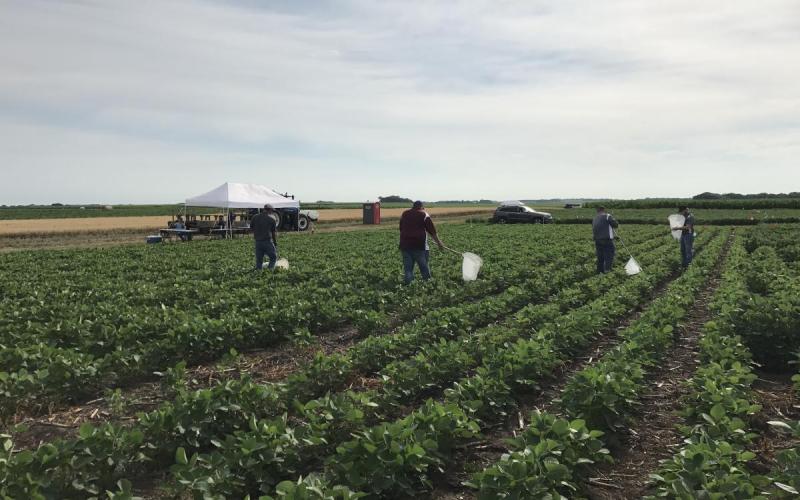
SDSU Extension hosting Integrated Pest Management Field School
July 08, 2024
South Dakota State University Extension will host an Integrated Pest Management Field School on July 23, 2024, by Volga.

Critical Period of Weed Control: A good, but not perfect guideline
The critical period of weed control is the period during a crop lifecycle when weeds need to be managed to avoid a significant yield loss.
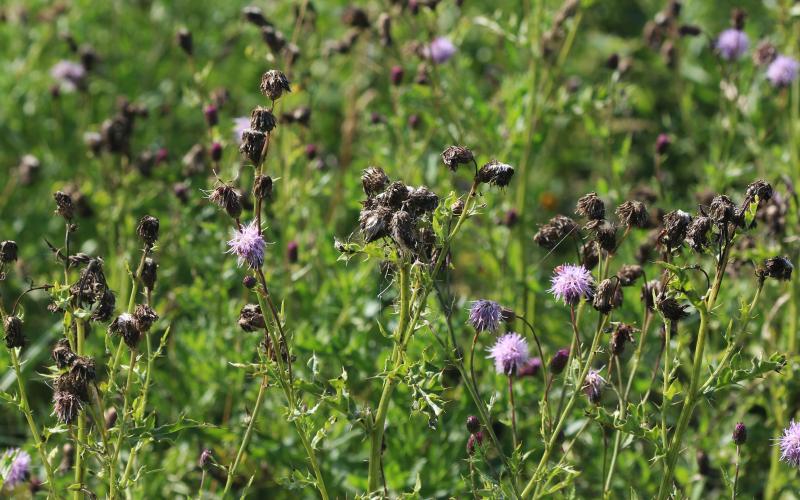
Current State of Noxious Weed Management in South Dakota
Results of an online survey to determine how South Dakota stakeholders are currently managing noxious weeds.
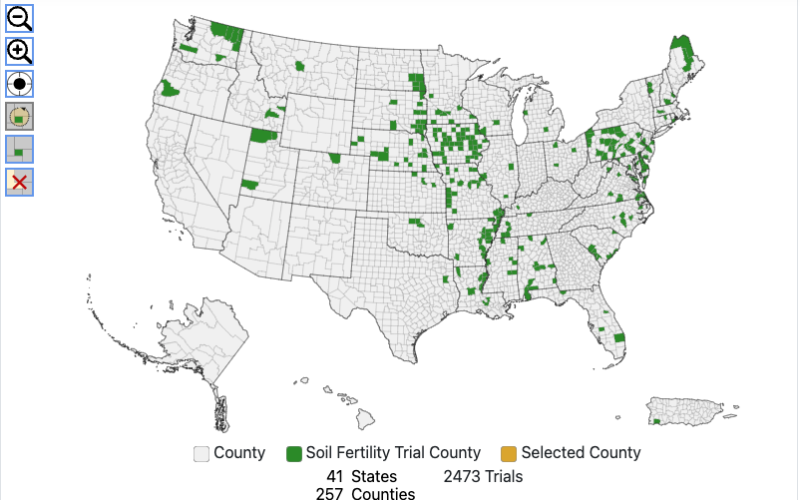
New digital Fertilizer Recommendation Support Tool launches nationwide
April 11, 2024
South Dakota State University Extension and project partners are proud to announce the nationwide release of the Fertilizer Recommendation Support Tool (FRST), a decision aid that provides an unbiased, science-based interpretation of soil phosphorus and potassium values for crop fertilization.
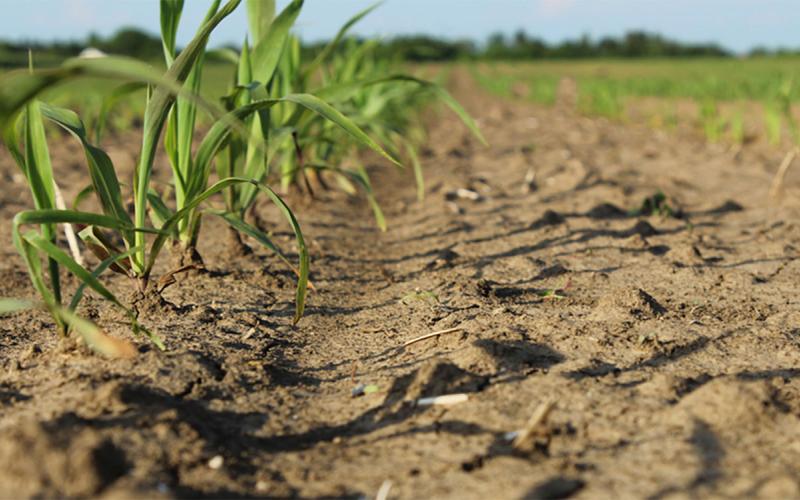
Herbicide Carryover Concerns for 2024
Herbicides with residual activity have great utility for weed management. However, due to environmental conditions, some herbicides can persist so that the crop grown next year can be injured.
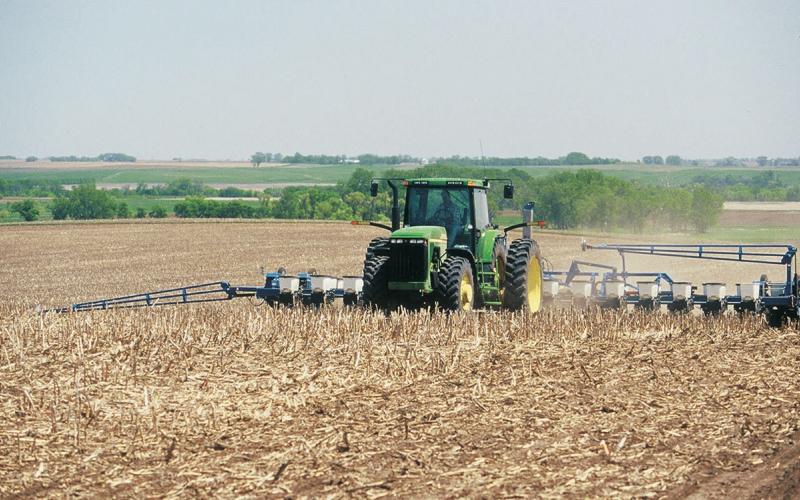
Conservation Practices Increasing in South Dakota
The recently released Agricultural Census data of 2022 shows that the share of cropland acres under conservation practices has continued to increase in South Dakota.
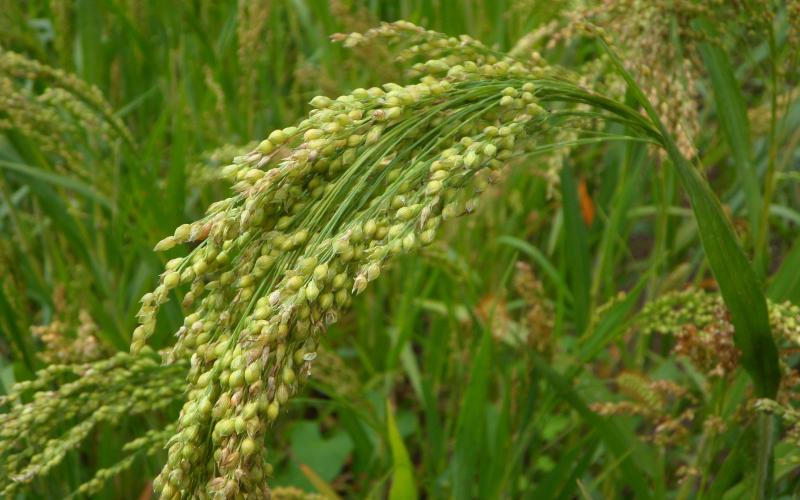
Proso Millet Trial Results
In 2020, proso millet trials were conducted in 1 location in South Dakota.
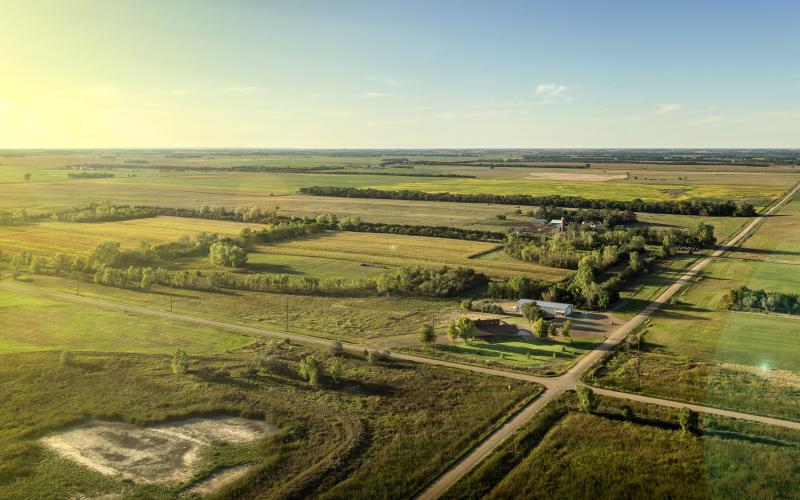
Barley Variety Trial Results
In 2019, Barley trial was planted at one location in South Dakota.
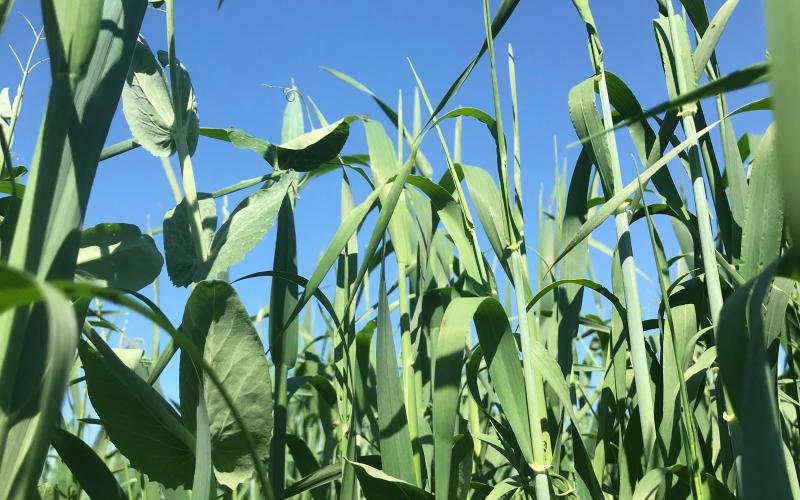
Buying or Selling Oats for a Cover Crop? Be Sure to Follow the Rules
As a challenging 2019 row crop planting season wraps up in South Dakota, many producers are looking to plant cover crops on unplanted acres. One popular cool-season grass cover crop is oats. Most oats in South Dakota are grown as certified varieties, and it is important to be aware of the legal ramifications behind purchasing oat seed for use as a cover crop.
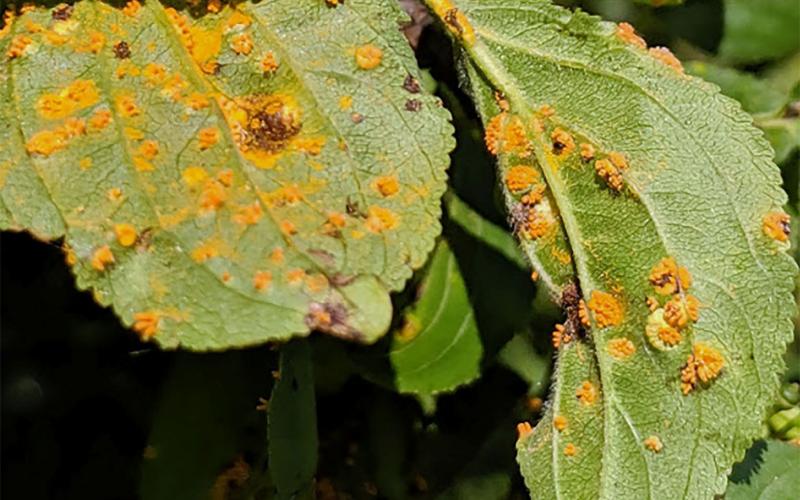
Oats Crown Rust Inoculum Abundant This Year
Crown rust is the most important fungal disease of oats in South Dakota. In years with heavy disease pressure, susceptible cultivars can have over 80% yield loss due to crown rust. The presence of crown rust inoculum on buckthorns can be an indication of the likely risk for crown rust to develop during the growing season. Buckthorns scouted recently were loaded with crown rust inoculum.